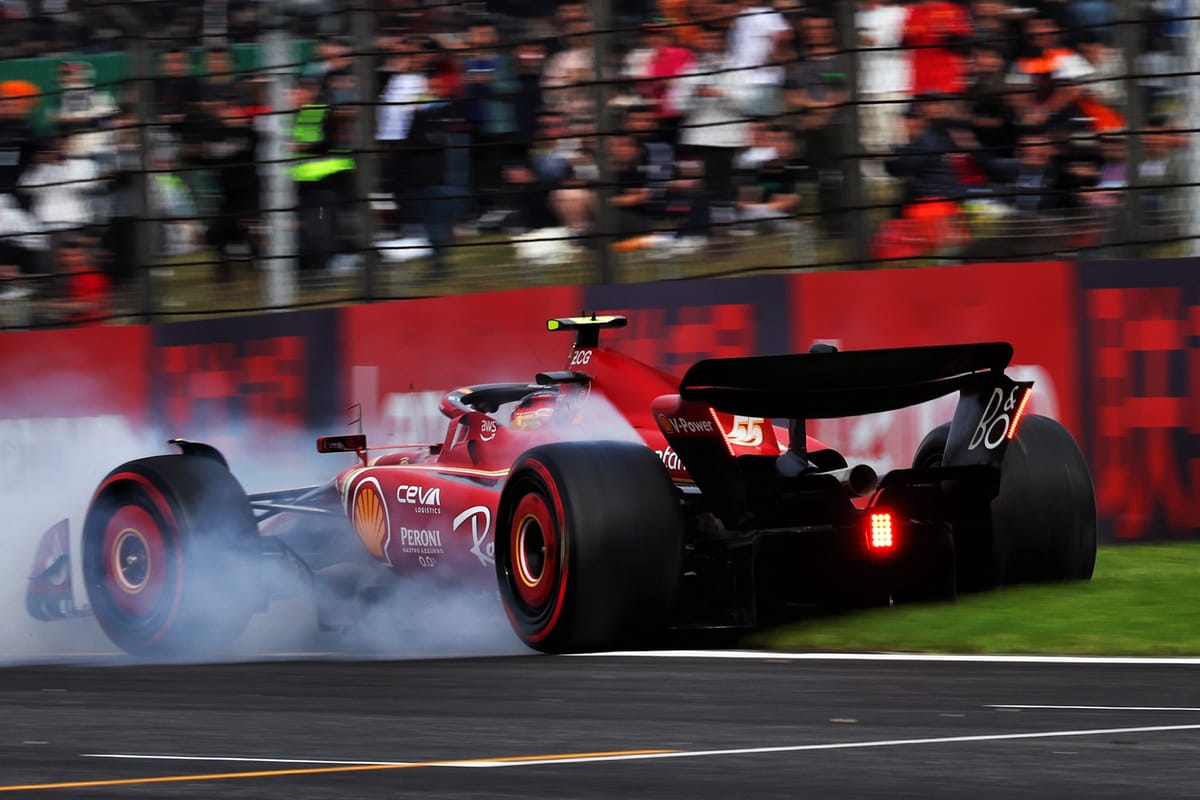In racing games, sound evokes speed, position, even cues the player to change gears. It is as crucial as graphic design.
But Formula 1 sounds aren’t easy to capture. Its cars run rarely and get effectively discarded after one year, its race weekends are incredibly loud with all sorts of hard-to-control-for noise. Its crashes aren’t something you could – or would want to – stage deliberately.
With Codemasters’ F1 24 having come out earlier this week, we spoke to the sound design team to find out how they captured the unique sound of the championship.
In truth, much of the audio recording for F1 24 was captured on site during pre-season testing in Bahrain – where all 10 teams completed three days of running ahead of this season.
It’s easier to capture audio during pre-season testing as teams are slightly more relaxed about their time, at least, compared to a race weekend.
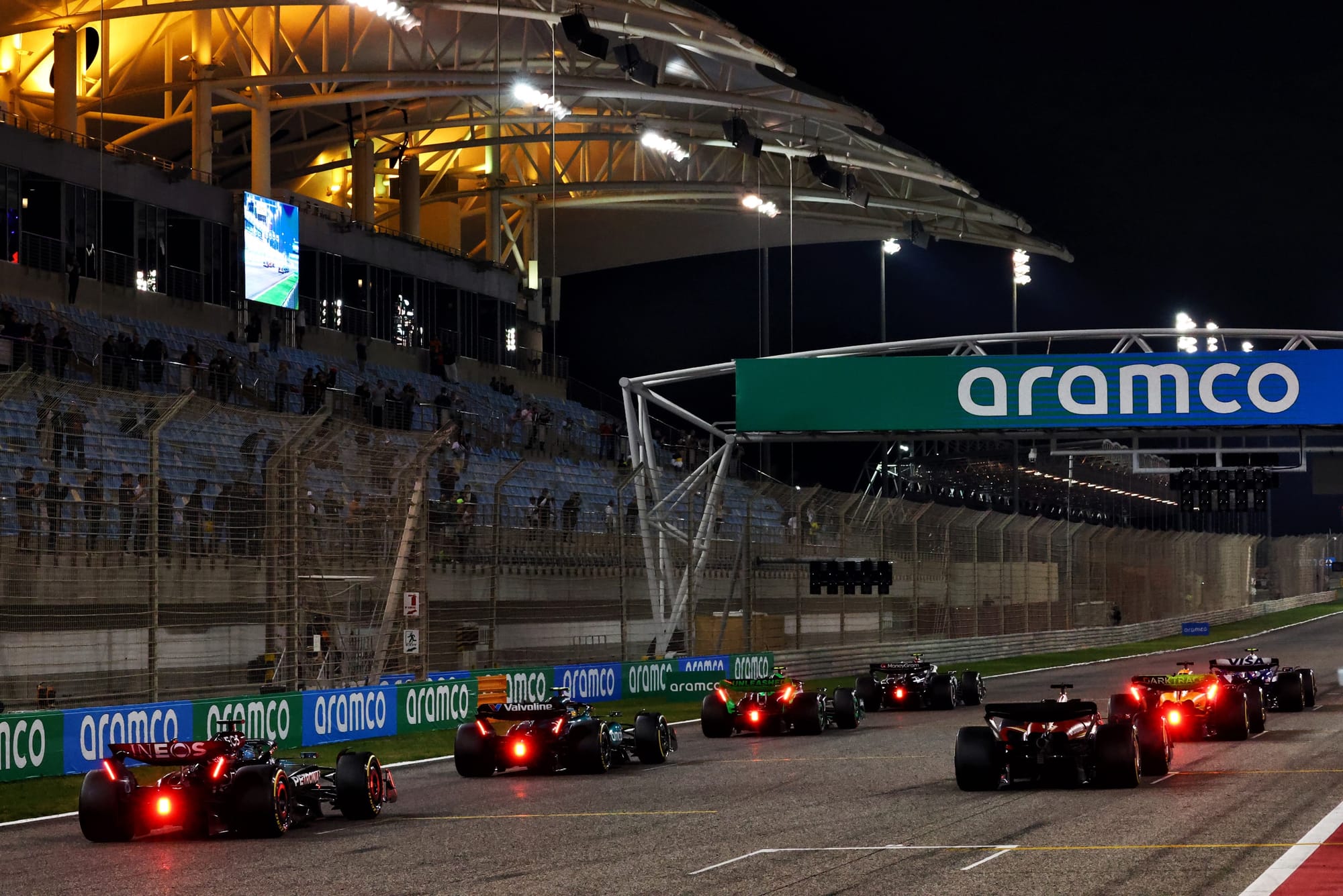
Chris Greenman-Ralph, audio artist at Codemasters, explains: “All the engine bundle audio is all new [in F1 24]. That includes transmissions and turbo sounds, which we don’t always update [for each yearly release].
“We put a microphone in each sidepod and one just in front of the exhaust, and mix them together to create the full bundle for each team.”
Note that, as mentioned above, that ‘bundle’ includes the sound of transmissions and turbos – although neither of those components work in the same linear manner as the engines.
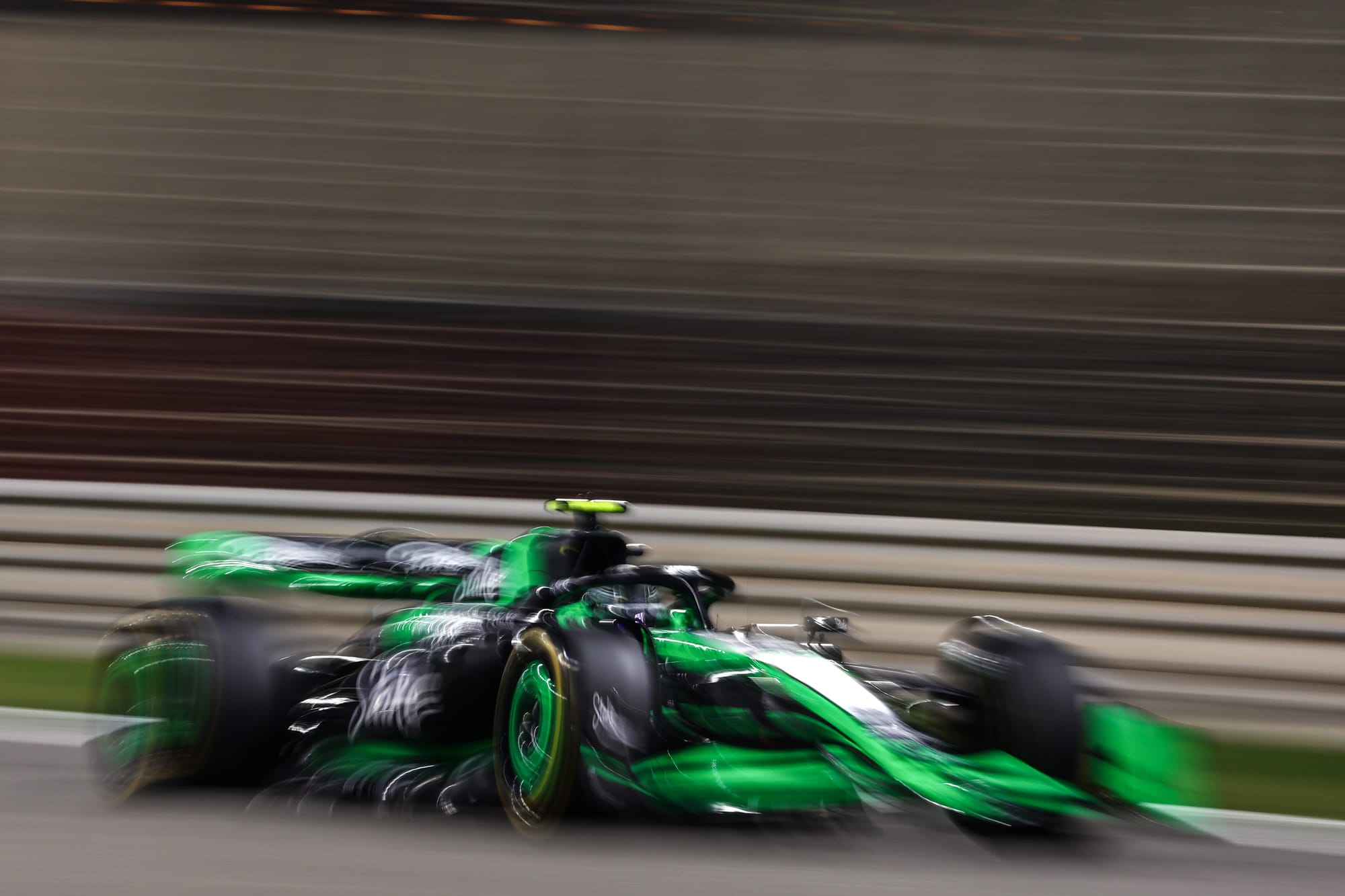
“When we can get it, we do use actual recordings on location – and we do have a library archive we can draw on,” adds senior audio designer James Kneen, who alludes to the experience Codemasters has built up making the official F1 game from 2009 to the present day.
The audio of the engine needs to be updated every year to reflect the changing sound of each engine every year; even if there isn’t an engine regulation change, each engine just sounds slightly different each season.
But that’s only part of the picture. Pitstop audio, which you’ll hear over and over again, is also pivotal to the experience.
Brad Porter, audio director at Codemasters, adds: “One of the great things we do when we go to pre-season testing is when teams do pitstop practice. You’ll see them push the car into place, so you are effectively getting that [pitstop audio] isolated.
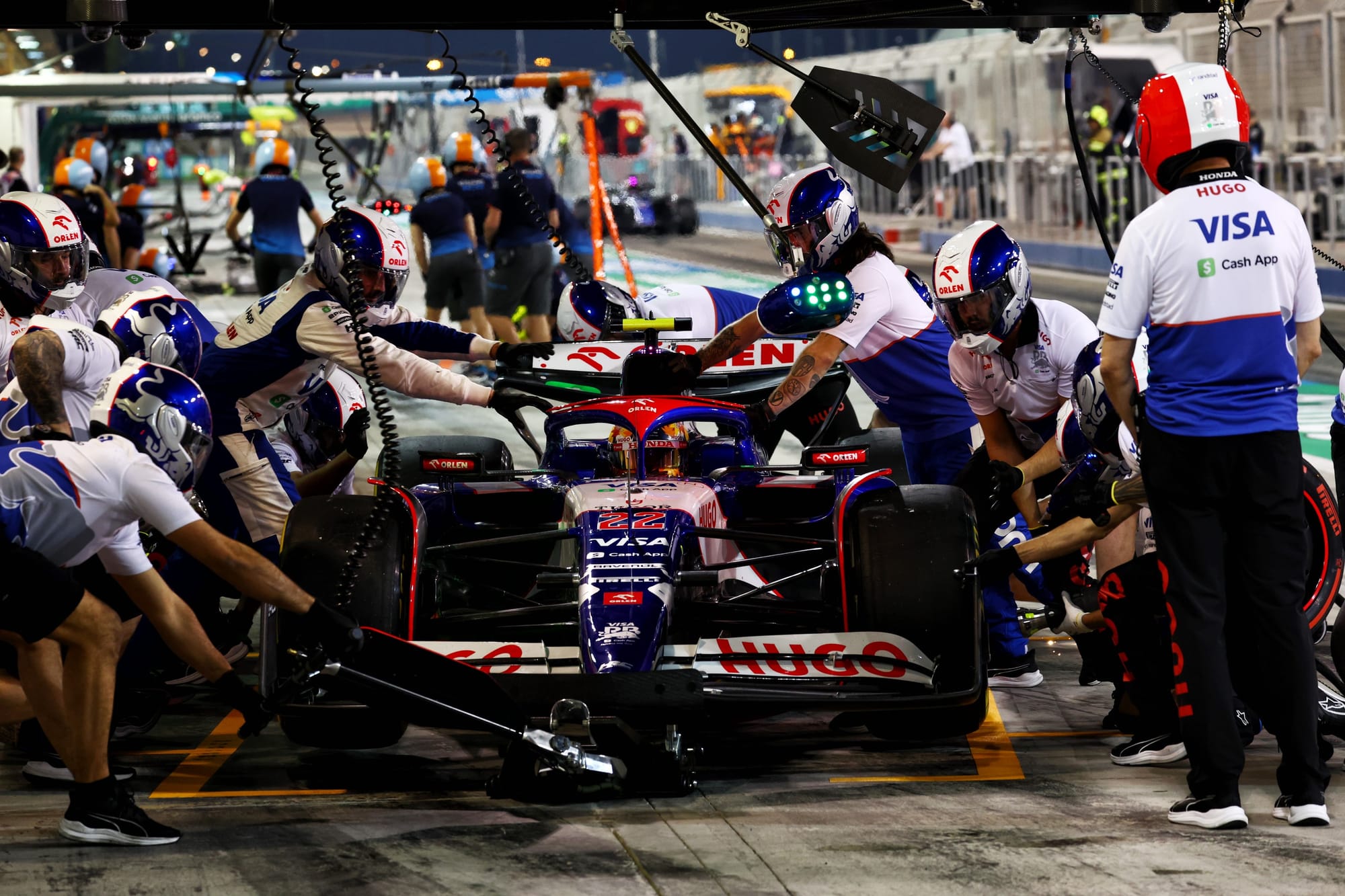
“Because we’ve got really good relationships with the teams and we’re in the garages working with the teams, we will have instances where we will ask them to do something specific.
“For example, when you hear the airblowers in game, they’re the actual airblowers that the teams are using. We record everything… and then wheeljacks, we record the mechanics wheeling them around and then jacking up the car, and then nose-on, nose-off stuff.
“We do record isolated wheelguns as well.”
Ambience is another part of the audio design for F1 24. When your car is sat in the garage or on the grid before a race, or during a red flag, the sound of the crowd and garages that you hear has been recorded by the Codemasters audio team at various locations including Bahrain, Silverstone, and Zandvoort.
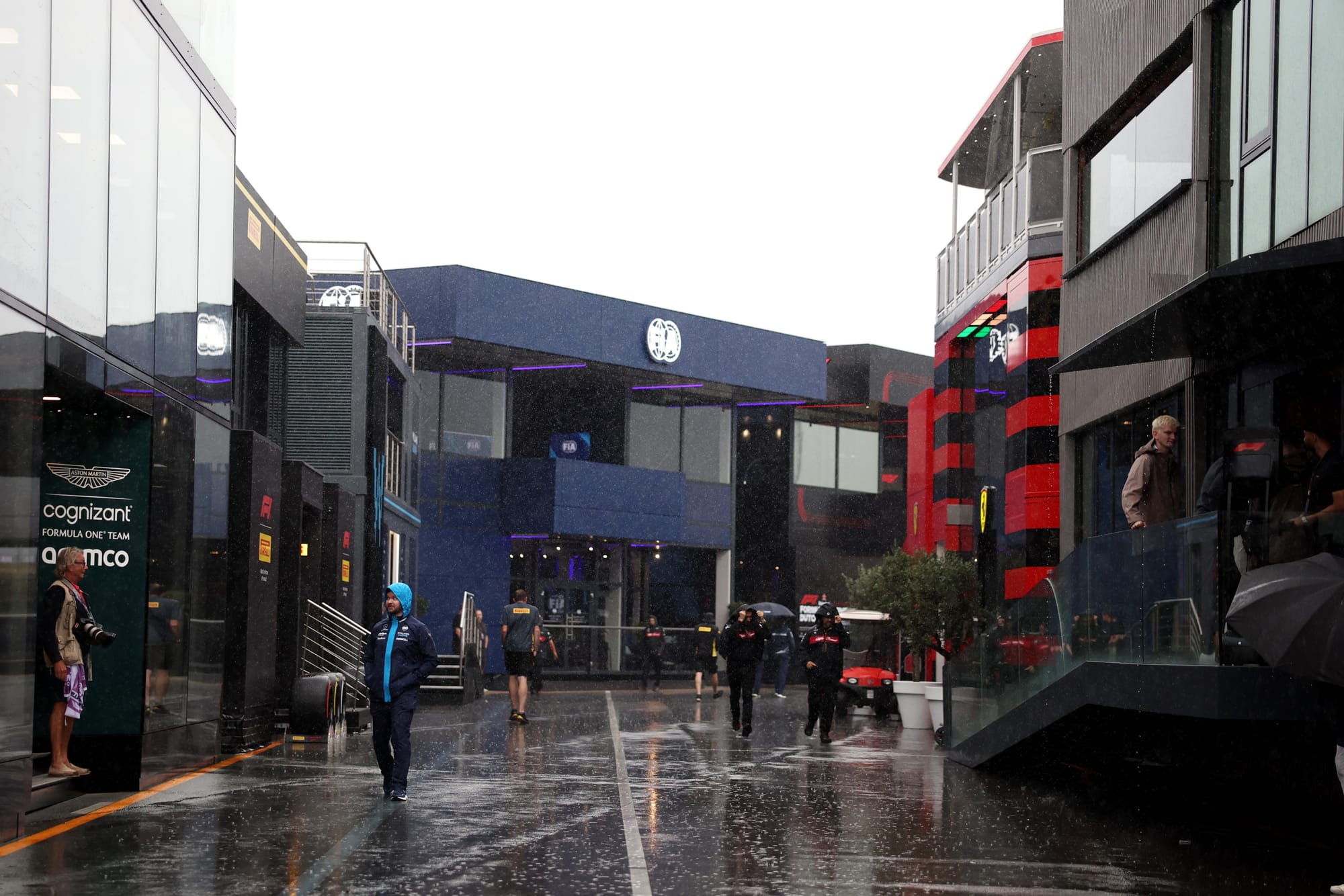
If you play F1 24 enough, you might also pick up on some auditory easter eggs that the Codemasters developers have left in the game.
Kneen explains: “Another thing we like to do in the [team] garages, we like to try and capture the personality of the teams.
“There’s various easter eggs and in-jokes and sing-songs and what have you, so we like to try and capture that. There will be certain bits and pieces we’ll play in certain garages but not every time you’re in the garage.
“It’s almost like a nod and a wink to the team to try and express their individuality. That’s always fun to do.”
Tyre sounds can’t be captured in isolation, so Codemasters records the sounds of tyres squealing across tarmac – to evoke the cars at their very limits – in separate sessions.
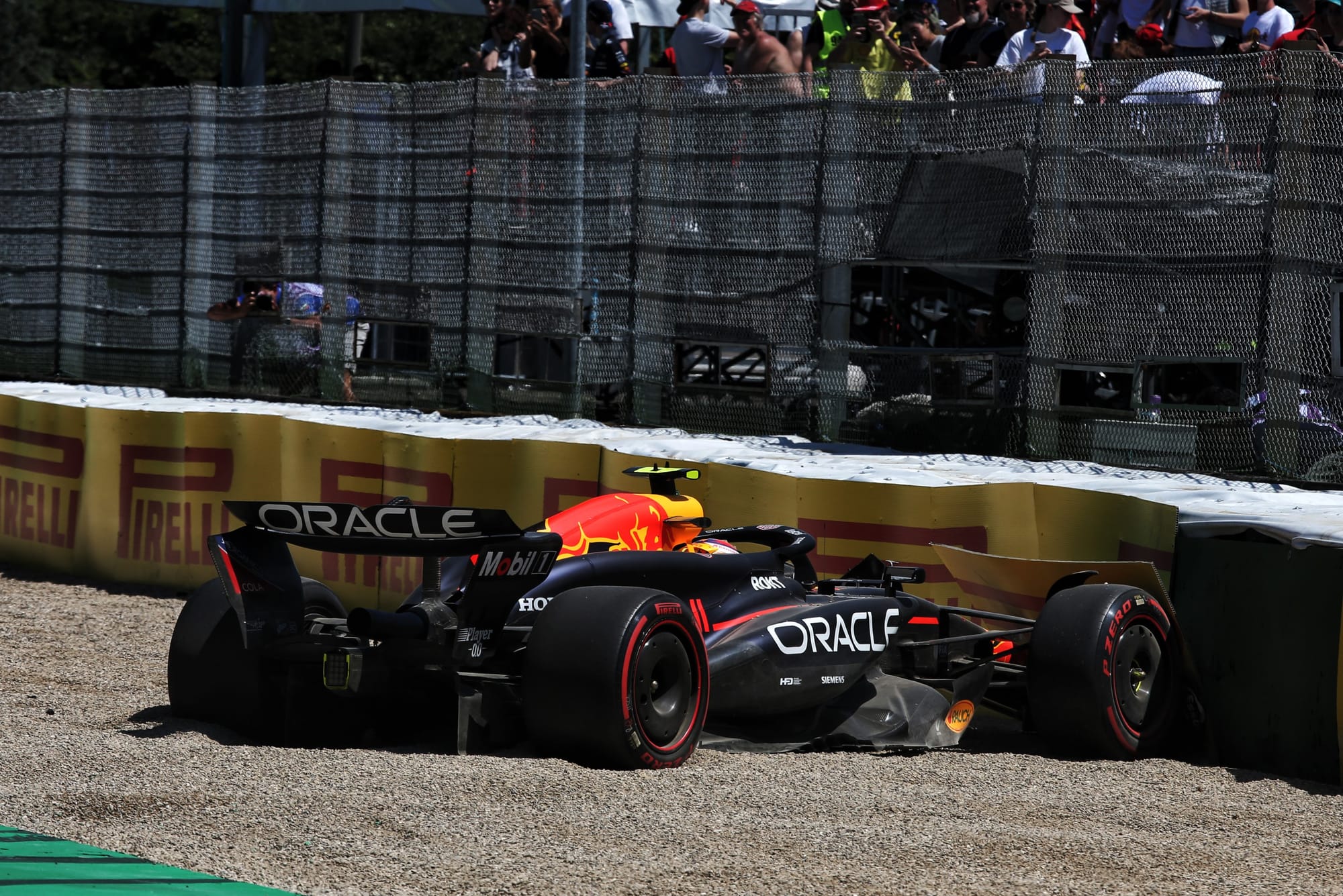
And to capture the sound of a crash, Codemasters has a sound bank built up from sessions that have been conducted to mimic carbon fibre crushing against Armco barriers. A few years ago, the audio team obtained a piece of carbon fibre that it crushed and bent to give F1 crashes extra fidelity.
Just as various assists and settings give each player a personalised experience in F1 24, sound settings can also be customised to suit each player. For example, ‘driver mix’ will evoke what each driver hears inside their helmet. Codemasters has achieved this by putting microphones inside a race helmet and capturing audio from inside.
After recording the audio, the team has to tie the sounds to what the player is doing on track. This is done by tying audio to the physics, so that if a car is accelerating, idling, decelerating – or crashing – the game knows which specific audio to play, at a specific tone and pitch.
“There’s audio design, but there’s also audio code,” adds Porter. “The physics system is tied into the audio.
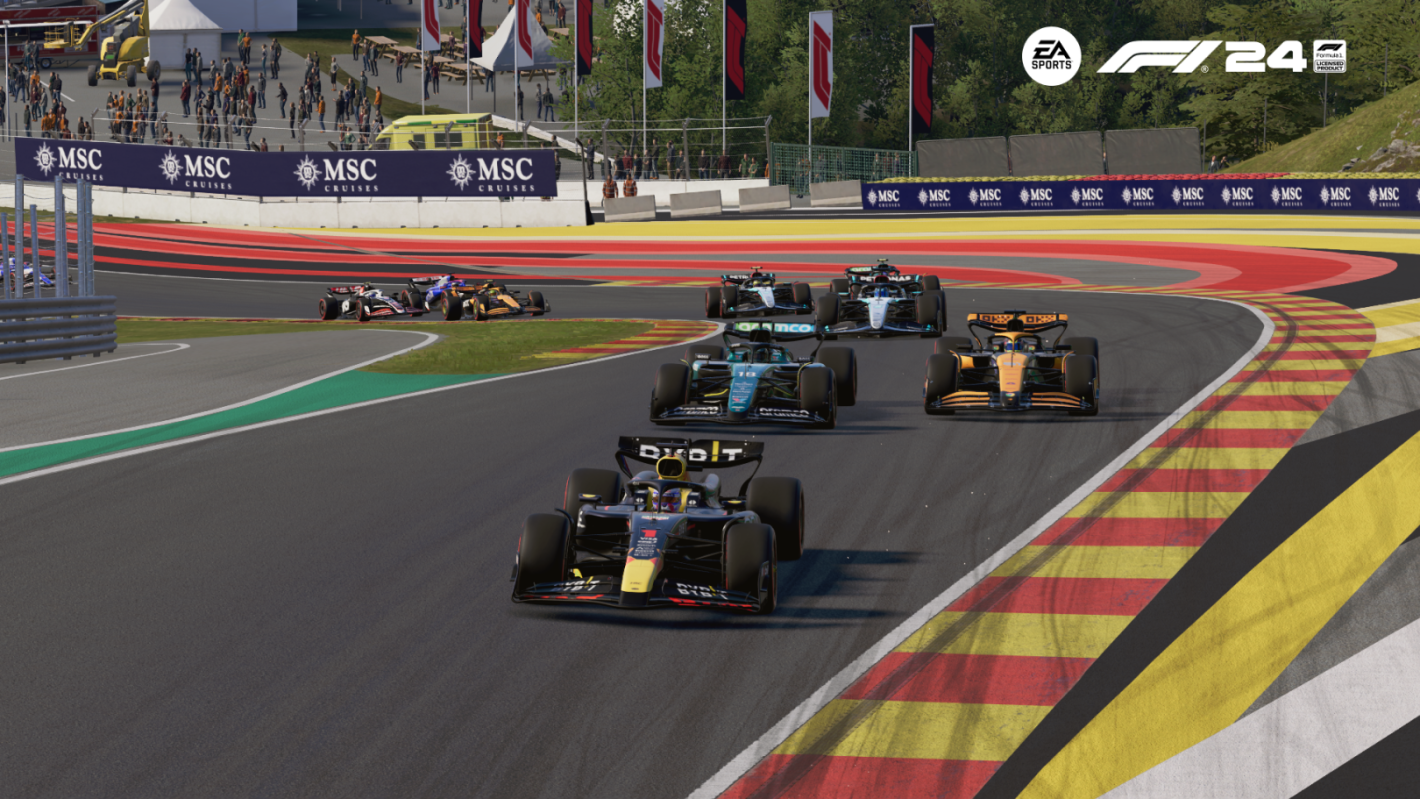
“We have a piece of software called Wwise, a third-party software that lots of other game developers use, that will map the RPM [of the engine] to the car and scale it. We can find a point in time that says, for example, the car is at 12,000rpm and it all matches up.
“It’s similar with tyres. It [the software] knows the wheel-slip ratio or the wheel rotation speed – pretty much anything you can think of.”

